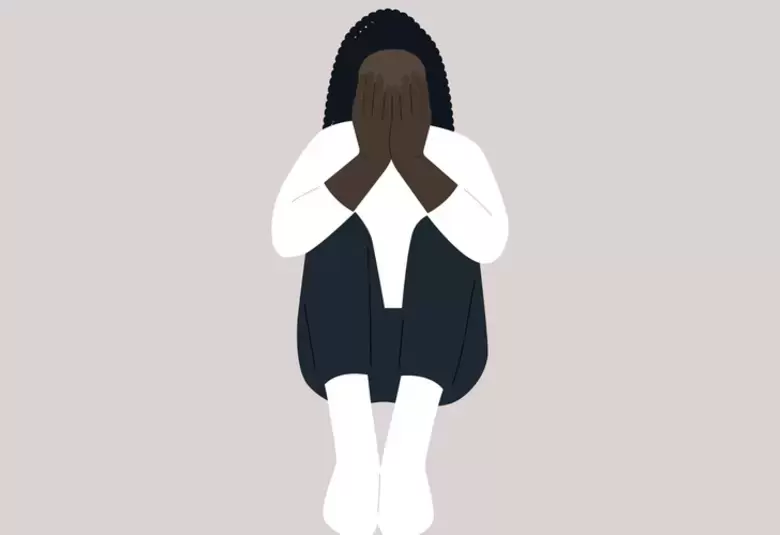
Why is migraine the second most disabling disease worldwide?
Migraine affects all areas of life. Its sudden unpredictable onset with severe incapacitating headache and disabling neurological symptoms can make it impossible to carry out normal everyday activities within the family, at work, school, and socially — causing suffering for people with migraine and their families, friends, and work colleagues.
Migraine is common and is experienced by 1 in 10 people worldwide1, particularly women — in the US, it affects 1 in 5 women and 1 in 16 men.2 It is the second most disabling disease globally.3
The disability increases with the number of monthly migraine days (MMDs) — 70% of patients with episodic migraine (4–6 MMDs) and 90% of those with chronic migraine (at least 15 MMDs) experience moderate to very severe disability.4
The burden experienced by people who have migraine is substantial
Around one in four people with migraine report missing work or school, one in two report being unable to do housework, and one in three report missing family or social activities.5
80% of 255 people with chronic migraine report reduced participation in family activities6
Professor Dodick’s patients described the toll of their severe migraine attacks on their lives, and the guilt they felt at letting down their family, friends and work colleagues and being unable to plan and provide commitment for events. They highlighted how their migraines had adversely impacted their behaviour in terms of having children, the number of hours they worked, and taking early retirement.
Their work experiences have been demonstrated in studies of other people with migraine with:
- a 13% reduction in their working time (absenteeism)
- a 48% reduction in productivity while working (presenteeism)
- 52% reporting impairment in both overall work productivity (absenteeism and presenteeism combined) and daily activities7
The Chronic Migraine Epidemiology and Outcomes (CaMEO) study confirms the adverse impact of migraine on career development including missed promotion, reduced number of working hours, and early retirement,8 said Professor Dawn Buse, Albert Einstein College of Medicine, Yeshiva University, NY.
Overall, migraine imposes financial and personal burdens on migraineurs and their families6 and can lead to social isolation, disrupted personal relationships, and fewer if any children.9
Migraine is accompanied by a high prevalence of comorbid psychiatric disorders
Anxiety and depression are 2–5 times more common among people with migraine than in the general population
Professor Dodick’s patients reported that their migraines had led them to experience severe depression and anxiety, and one described occasional suicidal thoughts. These comorbid psychiatric disorders are common among people with migraine, commented Professor Buse. Over 50% of people with migraine report anxiety and sleep disorders, nearly 50% report depression, and up to 43% report post-traumatic stress disorder,10 with depression and anxiety comorbidity rates increasing with MMD frequency.11
People with migraine are also three times more likely to have bipolar disorder and twice as likely to manifest suicidal behaviours,12 added Professor Buse.
Most people living with migraine are not receiving appropriate treatment
People with migraine often experience migraine for decades — in pain, frustrated, distraught, and looking for answers
Only 26% of those with episodic migraine13 and less than 5% of those with chronic migraine14 have consulted a healthcare professional and received an accurate diagnosis, said Professor Dodick. Yet preventive therapy leads to a reduction in MMDs at least 50% compared to baseline and clinically meaningful improvement in patient-reported outcome measurements.15
The American Headache Society therefore recommends that preventive therapy should be offered when a patient has:
- at least 3 MMDs associated with severe disability
- at least 4 MMDs associated with moderate disability
- at least 6 MMDs associated with no disability
Professor Dodick concluded that it is critical for healthcare providers and patients to develop a close connection to determine the best treatment strategy to mitigate the decreased productivity at work and school, depression and anxiety, and social, financial, and societal burden of migraine and improve outcomes for patients.
AU-NOTPR-0271. December 2020.



